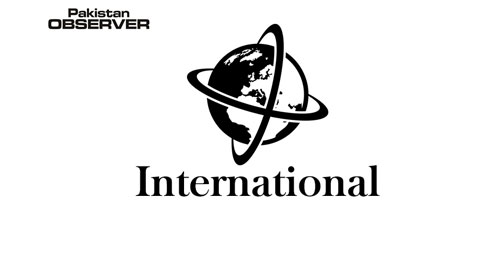Canberra
A coalition of health experts have called on the Australian government to urgently establish an air pollution authority in response to the bushfire crisis.
In a paper published by the Medical Journal of Australia on Monday, researchers from leading Australian universities warned that the government can’t wait for the findings of the Bushfire Royal Commission to act on the issue of air pollution.
Much of Australia’s east coast was blanketed by smoke from fires that devastated the country. Melbourne, Sydney and Canberra all experienced the worst air quality in the world at different times amid the crisis.
Sotiris Vardoulakis, the lead author of the paper from Australian National University (ANU), said in a media release that the current health protection advice relating to bushfire smoke is ‘impractical.’
‘Telling people to stay indoors or reduce physical activities outdoors isn’t sufficient. Smoke pollution levels vary over hours and days and can change quickly. For this reason, we need hourly averaged particulate air pollution – PM2.5 data – reported in real-time,’ he said in a media release.
‘More nuanced advice would encourage individuals to be guided by location-specific air quality forecasts and the pattern of hourly PM2.5 concentrations at nearby air quality monitoring locations.—APP









